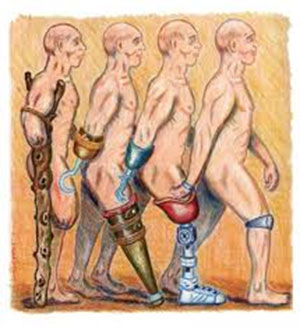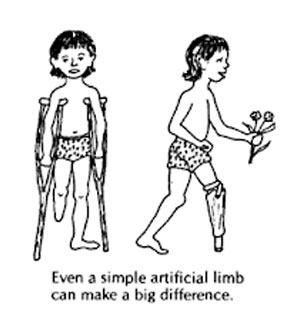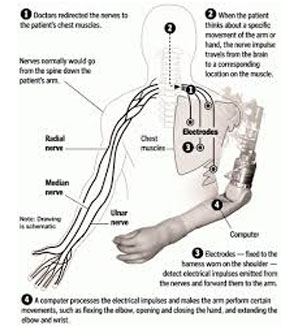Arms and legs are very important for human beings, as they support our movement. Without them, the life becomes sort of cripple. There are many reasons when some people lose their arm or leg partially (some part) or completely.
Amputation, traumatic injuries, cancer and birth defects are some of reasons to lose the arms of legs. For those who’re missing their limbs, there is an artificial replacement called prosthesis.
Prosthesis can help a great deal, as they let one perform all daily chores in the usual way, as if nothing is lost. In fact, some give the same level of functionality as the natural limbs do.


There are four types of prosthesis, like:-
Losing limbs is surely an unfortunate experience with irreparable damages to the body and mind. However, artificial limbs are of great help to support the body and let one perform the daily chores. These artificial limbs can be used in cases like:-


In recent times, scientists have started to use robots to help patients meet their needs of missing limbs. By using robotic limbs, upper limb motor function improves a lot thus helping doctors to use them for rehabilitation purposes of upper limbs.
Till now, robotic arms and robotic legs have been used by the doctors to treat patients with physical disability. The robotic arms come with perfect and precise griping benefits while robotic legs aim to replace the wheelchairs.
Most prostheses are designed in a way to get attached to the body in a temporary way while others have ways for permanent attachment to the exterior of the body. When the artificial limb is attached to the body, the process is called Osseo integration. There is very less pain in the direct bone attachment which brings superior muscle control of the artificial limbs.